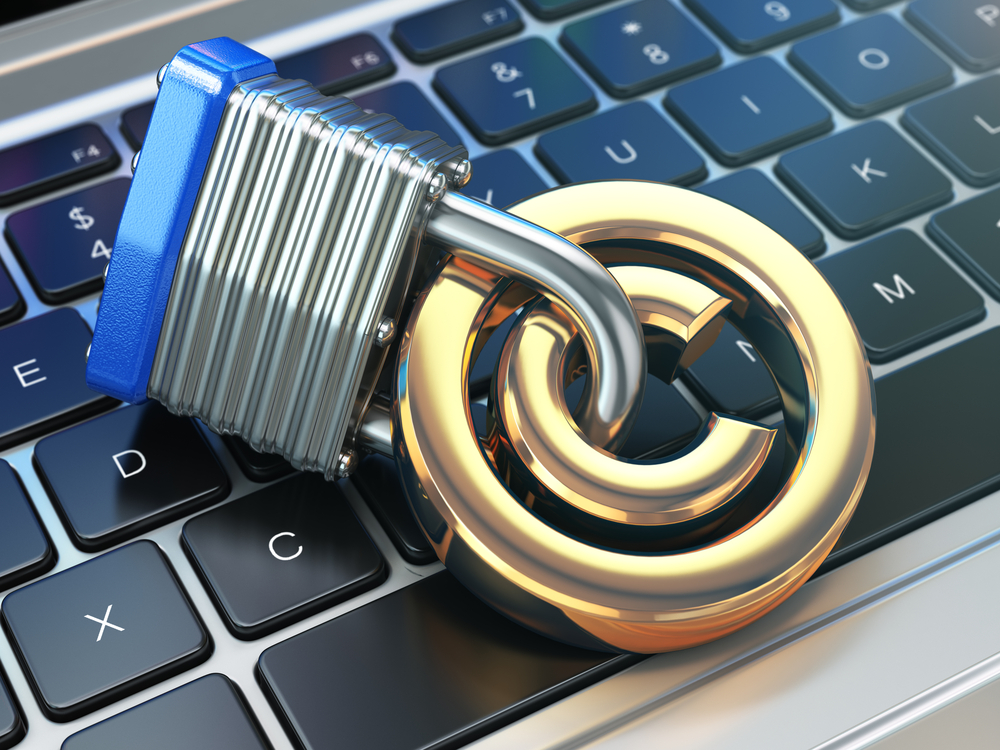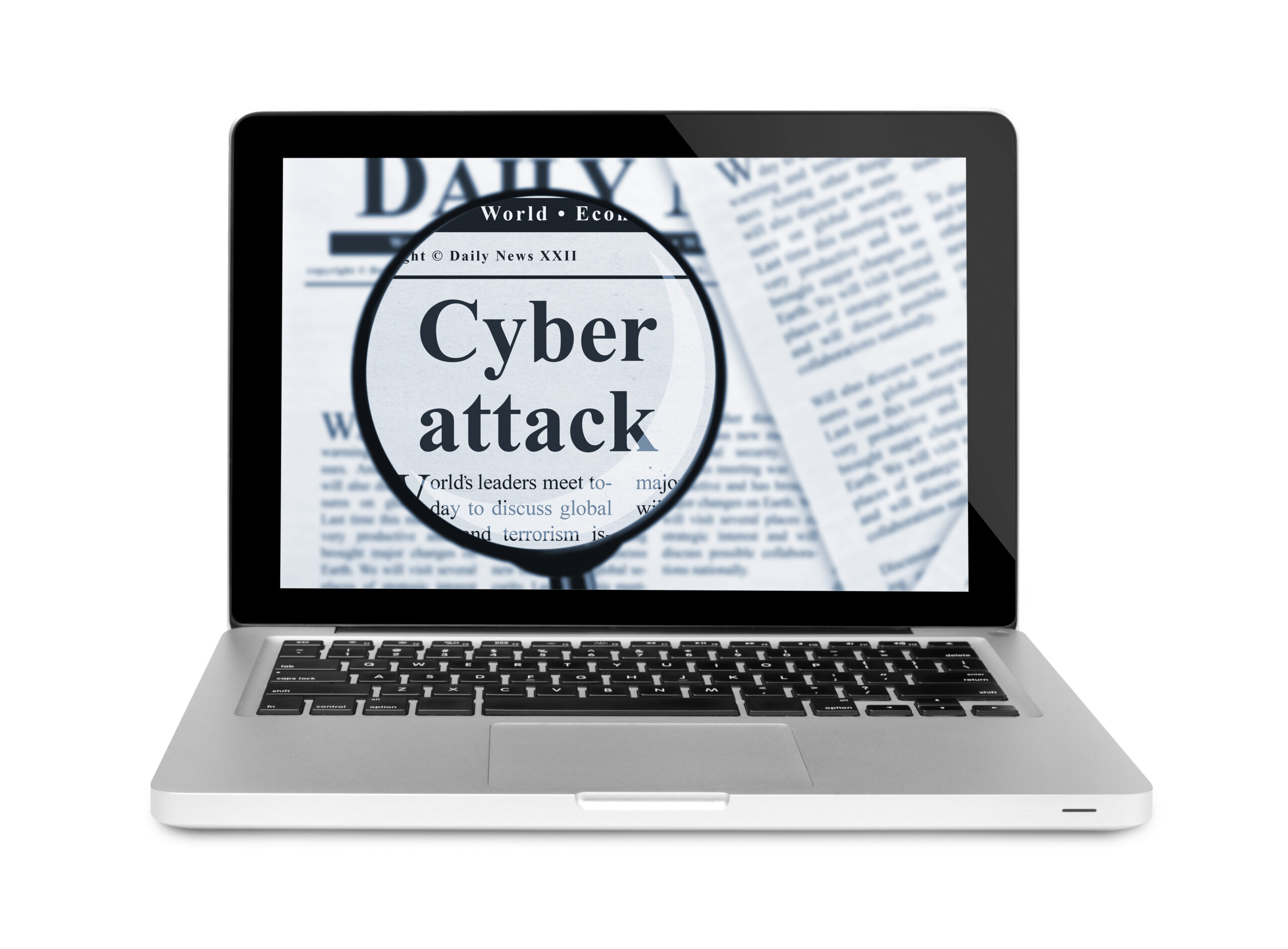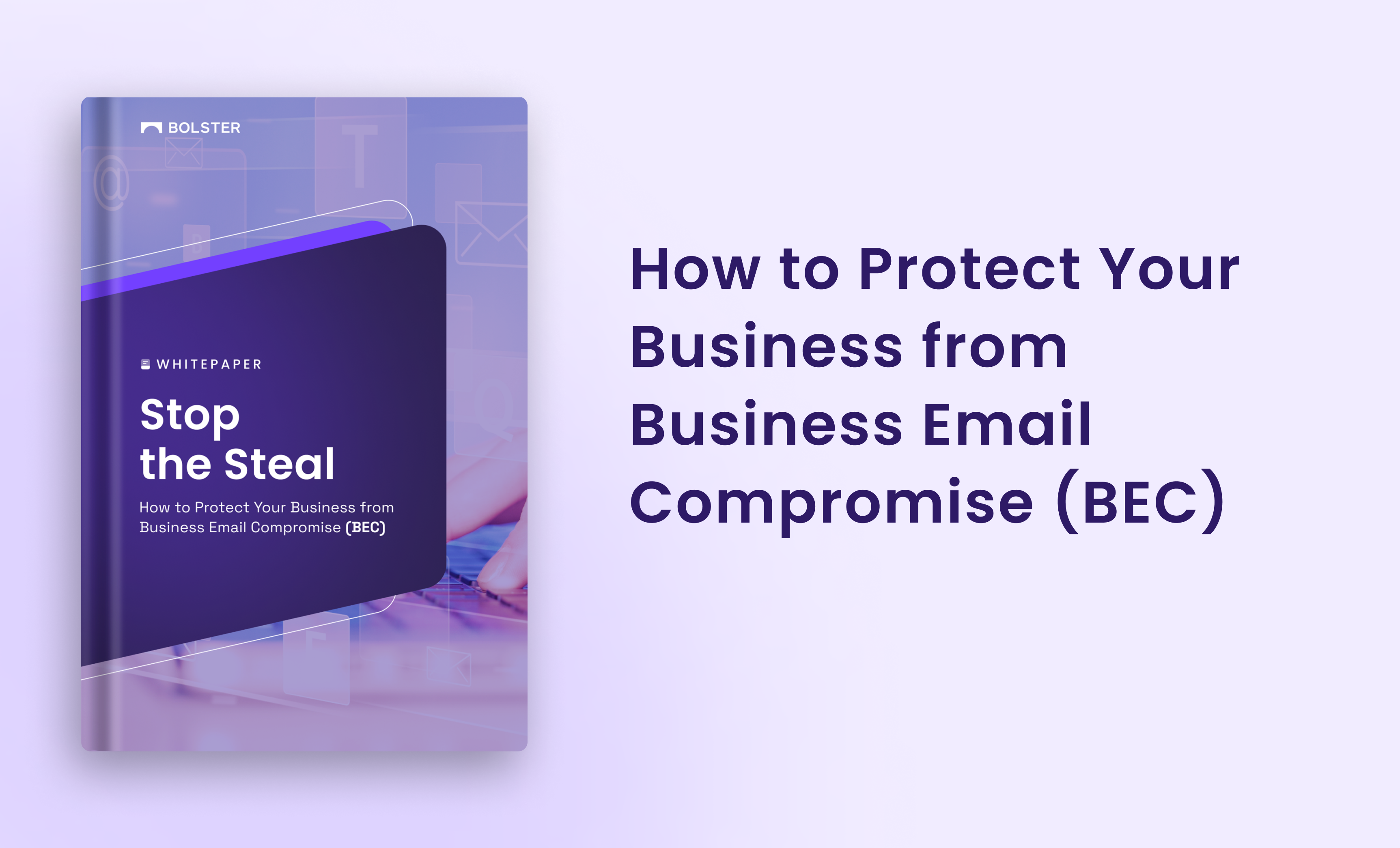According to a consumer survey by Stackla in 2021, 88% of consumers claimed that brand authenticity was a key deciding factor that defined their purchasing behavior. Another Salsify survey showed that 46% of consumers would prefer splurging on brands that they could trust.
With these numbers in hand, it’s no surprise that companies are eager to protect their brand’s inherent value from malicious actors intending to tarnish their name or piggyback their success. But the rise of social media and the ever-expanding commercial digital footprint has given birth to a new wave of trademark infringements that are extremely hard to detect and even more expensive to fight.
Businesses need to take a more proactive stance to prevent abuse of their trademarks, IP, and brand. In this blog, we’ve outlined what exactly trademark infringement is, some core examples, and ways to secure your brand before any long-term damage is done.
What is Trademark Infringement?
The United States Patent and Trademark Office defines trademark infringement as the unauthorized use of a trademark or service mark on or in connection with goods and/or services in a manner that is likely to cause confusion, deception, or mistake about the source of goods and/or services.
If a company feels like its registered trademark is being infringed or misused, it can take legal action against the malefactor and seek relief.
What is a Registered Trademark?
Registration of the trademark grants exclusive rights to the owner to use the copyright mark on their products, services, or any other marketing collateral.
While many countries do not mandate registering a trademark, it is still a recommended process that allows businesses to establish ownership in the public domain. It also enables them to prevent others from using it in any manner.
The law doesn’t penalize the violator only when they create an exact copy of a registered trademark; similar-looking marks are also not allowed. Courts have also prevented, in many cases, the usage of entirely dissimilar trademarks for various reasons.
Examples of Trademark Infringement
Many trademark infringement cases have caught the limelight in recent history.
- In India, Red Bull had filed a case against PepsiCo India for their energy drink ‘Sting’. Red Bull claimed that the tagline for Sting, “Stimulates Mind. Energizes Body.” was deceptively similar to theirs, “Vitalizes Body and Mind.” Unfortunately, the court ruled against them, citing that PepsiCo was using a descriptive sentence to discuss their product and not infringing on trademarks.
- In the US, Adidas and Forever 21 locked horns over the usage of stripes. Adidas is recognized around the world by its three stripes. It alleged that Forever 21 misused the stripes to imitate Adidas and peddle poor-quality products.
While the case is still pending before the court, it showcases the aggression with which big brands protect their trademarks.
Litigation Costs and Penalties Associated with Trademark Infringement
Trademark infringement lawsuits can be very expensive, costing plaintiffs anywhere between $120,000 to $750,000. These costs can run into millions for more complex cases involving bigger brands.
While the case is being heard, it’s the plaintiff’s job to pay their lawyers. When ruling in favor of the plaintiff, judges often ask the defendant to pay for the opposing party’s legal costs. Although, it is important to remember that these cases can take months, if not years, to resolve, and costs can quickly spiral out of control. That’s why it’s crucial for businesses, especially the small and medium ones, to constantly watch for any trademark violations and have them pulled before any real harm is done.
On the other end of the spectrum, trademark infringement penalties can also be brutally taxing. Courts will order an injunction to ensure the offending party stops using the contentious mark and destroys all products carrying them. Often, courts will also award monetary damages to help the plaintiff recover the losses it suffered due to the dilution of brand value.
How do Businesses Prove Trademark Infringement?
The burden to prove trademark infringement and protectable interests in the mark lies on the shoulders of the plaintiff.
There are two elements of proof that businesses need to gather to prove their case.
- Businesses need to show that the trademark is distinctive enough to be recognizable by the public. This is where trademark registration comes in. Upon registering the trademark, it is already proven that the business exclusively owns the trademark and contains vested rights that must be protected. It also shows that the trademark is distinctive enough to be recognizable.
- Second, they must show that the defendant’s trademark use confuses consumers. For this, the judge will look at trademark similarities, the goods and services sold, and brand value, among many other factors.
Most litigation centers around the second point, but it is also the hardest to prove, as seen in the Red Bull vs PepsiCo case.
How to Protect Your Brand Against Trademark Infringement?
Trademark infringement suits are costly, time-consuming, and drain the company’s resources. Instead of relying on the legal process for handling trademark infringement cases, businesses can proactively prevent misuse of their trademark using the following steps:
- Before registering the trademark, it is imperative to do an exhaustive trademark search. Many governments maintain online directories that can be perused. But that alone might not be enough. Often, businesses use a trademark but don’t register it. In such cases, the only way is to conduct impassioned, drill-down research into their market segment, both offline and online, to discover trademarks and taglines that may be similar. This is the first step to keeping your business safe from future litigation.
- Even though many businesses don’t do it, trademark registration is the best way to keep your brand safe from marauders and typosquatters. It empowers you to seek legal recourse and discourages fraudsters from infringing on your trademark rights.
- Document the due diligence that you conducted before registering the trademark. Records, legal documents, screenshots of your search, everything will be useful in case of litigation.
- Another method that most lawyers would suggest is using a cease and desist letter to warn the infringing party. The party will often back off upon reviewing the letter, saving your business valuable time and money.
- It’s not always possible for a business to manually wade through the vast swathes of data online. Thousands of websites are registered everyday, millions of posts put up on social media, and billions of emails sent. Over 61,000 typosquatting complaints have been registered by WIPO since 2000. And this number is increasing everyday. Investing in an AI-powered digital brand protection solution that continuously monitors every corner of the web and automatically takes down scam, counterfeit, and infringing websites is the only way to truly secure your brand in the digital ecosystem.
How Bolster can Help Protect Against Trademark Infringement
Bolster is an AI-driven online brand protection solution that detects millisecond infringements, conducts takedowns in minutes, and continuously tracks the blacklisted sites to ensure they don’t come back active. The proprietary AI engine conducts 95% of the takedowns without any human intervention, with a false-positive rate of just 1 in 100,000. It also collates and displays all this data in a visually-rich dashboard to ensure real-time granular visibility across all key metrics.
Book a demo today to learn more about how Bolster can help keep your brand safe from trademark infringements.










